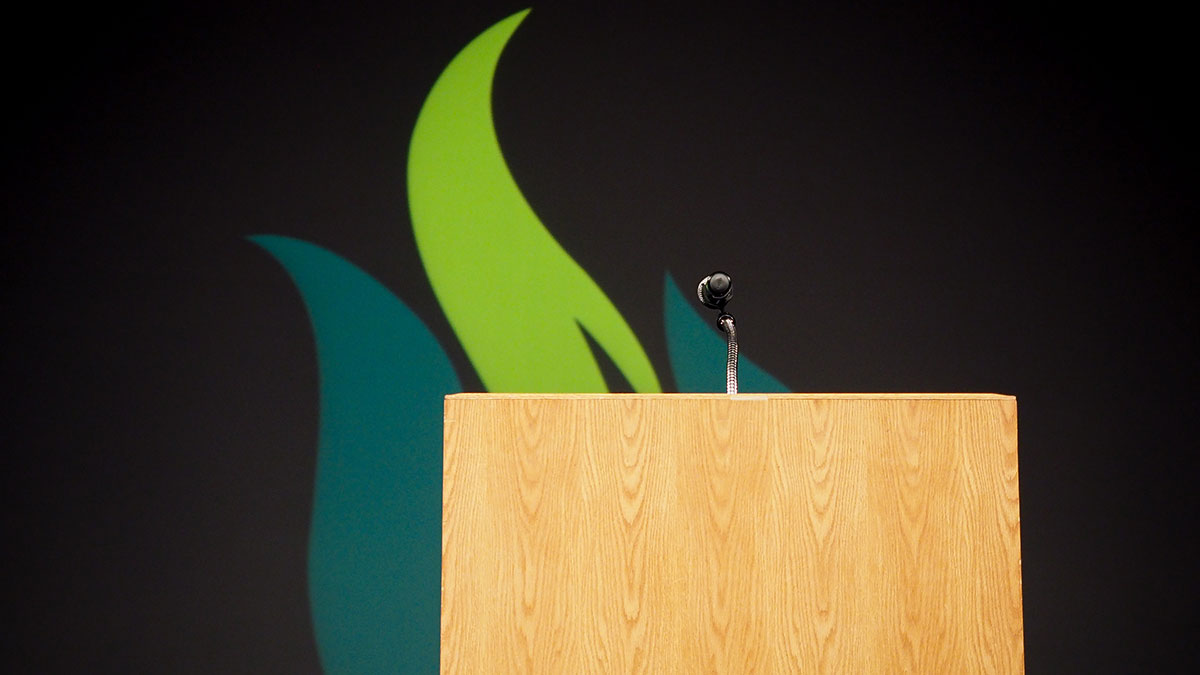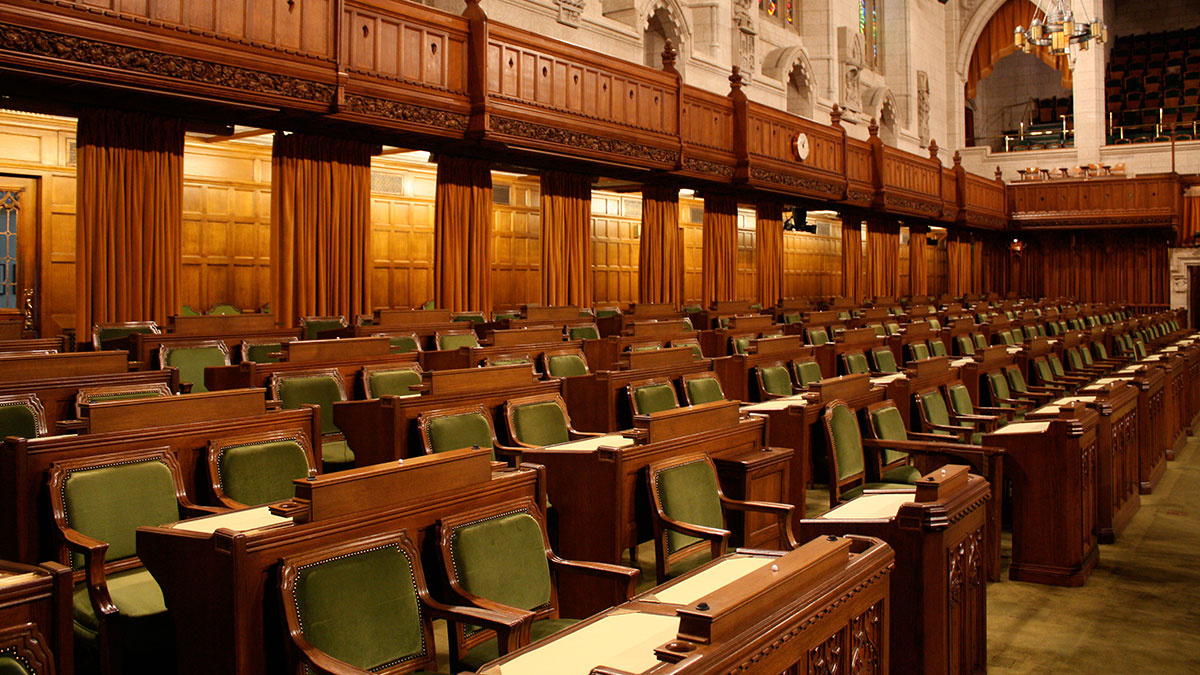 Ab Sch
Ab SchOn February 24, the Students’ Union Executive and Board of Governors Representative election period will officially begin, kicking off a season of posters, signs, and forums. However, unbeknownst to most students, the campaign has already begun. Many candidates have been planning out their campaign months ahead of time, getting their platform, posters, and endorsements in place.
Unfortunately, this process in and of itself creates an uneven playing field. It often prevents those without any campaign experience or SU connections from becoming serious contenders in elections. Worse, it leaves out marginalized students and creates a surplus of career student politicians, aided by the student representatives who came before them.
For those unfamiliar with the early stages of campaign organizing, it can be difficult to spot. While SU bylaws forbid candidates from openly campaigning prior to the start of election period, there are numerous ways that candidates can pre-organize.
The first is to get a campaign team in place. Those already connected to student politics have the biggest advantage here, as they draw on networks of experienced campaigners to help recruit volunteers for their candidacy. This process starts very early, with some volunteers asked to contribute months in advance. Candidates also begin building campaign platforms well ahead of time, consulting with a variety of student representatives to ensure all major political issues are covered and that their platform promises can realistically be addressed.
Additionally, many candidates spend time coordinating with other elected student representatives, working hard to get endorsements and support from other candidates. It’s no secret that many representatives informally work together, sending volunteers and supporters to each other’s campaigns when possible. Finally, in January and early February, most candidates take their campaign photos and design their campaign materials, ensuring that everything is ready well before launching their campaigns in mid-February.
Of course, at some level, many of these steps are necessary in order to organize a successful campaign. Any candidate will need a team of volunteers, a platform, and campaign materials ready before February 24 if they’re planning to win. So, what’s the issue?
The problem is, this organizing occurs almost exclusively amongst well-connected students. Current or former student representatives gain huge advantages over students who are foreign to the process, because it happens out of the public eye.
The result is an SU composed primarily of career politicians, who perfectly deliver talking points with a lack of passion, and come across as if they don’t have a personal stake in the issues they discuss. Even worse, students outside of existing SU social circles often don’t have access to the resources, materials, or connections necessary to campaign as quickly or as seriously as more seasoned candidates. The result has often been less diverse slates of candidates and ideas for university students to choose from, which is detrimental to all of us.
To resolve this issue, it is important to demystify the campaigning process and make it more accessible to students who lack the connections in the current student government. To the credit of the current SU, progress has been made here by hosting Student Leaders Week, and holding campaign strategy sessions with STRIDE, a program focused on getting more women and non-binary students involved in student governance.
But much more needs to be done if we are to open campaign opportunities to all students. Further steps could include expanding STRIDE’s mandate to explicitly include more marginalized communities, and having campaign manuals publicly available. Until more action is taken, part of the campaign process will continue to occur months before the average student is even thinking about elections — to the detriment of students without prior knowledge and connections.




